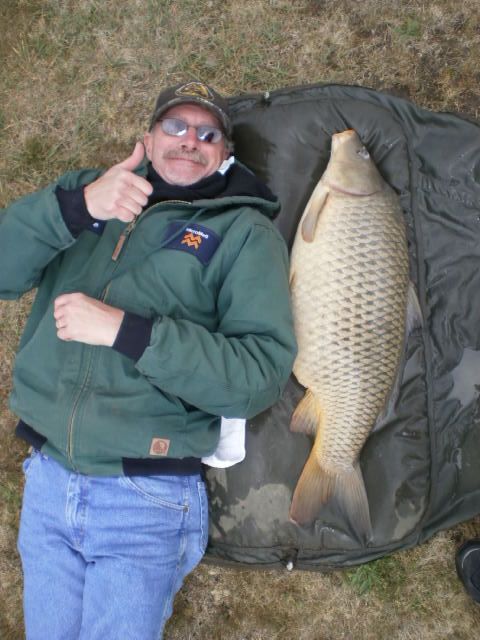Post by Greenedog on Jul 22, 2012 13:15:18 GMT -5
I came across these tips in the USA Today newspaper a few years ago and thought they were good enough that I clipped it out and still have it posted on my "refreshment fridge" in the garage. 
Great video could be in the palm of your hand
Whether you have ambitions to produce commercial travel videos, score a hit on YouTube, or merely record a vacation memory that won't bore your friends and embarrass your loved ones, many of the same guidelines apply. Some pointers from Michael Rosenblum and Lisa Lambden of the Travel Channel Academy:
Basic technique
•Hold the camera in the palm of your hand. (Don't use the strap. It limits mobility.) Keep your elbows in and your stance firm. Or lean against a wall to steady yourself.
•Use a decent microphone. Viewers are more forgiving of bad video than bad audio.
Finding a topic
•Choose a subject — the Swiss watchmaker, the Belgian diamond cutter, the Florence shoemaker (or in less exotic locales, the local pizza maker, the zookeeper, the street performer).
•Spend time sizing up the scene before you pull out the camera. What grabs your attention?
•Note separate scenes or actions that, put together, will capture a story.
Shooting the video
•Do not move the camera! There's an art to zooming and panning, and until you master it, let the action move in and out of the frame; don't chase it. "Nothing screams home video more than this kind of stuff," Rosenblum says.
•Limit the amount you shoot. The "spray and pray" approach is a "phenomenal waste of time," Rosenblum says. "It's not about what you shoot. It's about what you don't shoot."
•Shoot five different angles for 10 seconds each of the scenes you've identified. The angles: a close-up of hands or feet in action, for example; a close-up of the face of the subject performing the action; a wide shot revealing the broader scene; an over-the-shoulder shot that shows the subject's point of view; and a side shot of the subject.
•Don't direct your subjects. "It looks like a fraud," Rosenblum says.
Editing the video
•Start with your best shot. Don't save the good stuff for later.
•Tell a story. Even short videos should have a character plus a beginning, middle and end.
•Narration is essential. Don't string together sound bites. When recording voice-over, relax but sit up straight. And smile when you speak, says Lambden: It adds warmth and resonance to the voice.

Great video could be in the palm of your hand
Whether you have ambitions to produce commercial travel videos, score a hit on YouTube, or merely record a vacation memory that won't bore your friends and embarrass your loved ones, many of the same guidelines apply. Some pointers from Michael Rosenblum and Lisa Lambden of the Travel Channel Academy:
Basic technique
•Hold the camera in the palm of your hand. (Don't use the strap. It limits mobility.) Keep your elbows in and your stance firm. Or lean against a wall to steady yourself.
•Use a decent microphone. Viewers are more forgiving of bad video than bad audio.
Finding a topic
•Choose a subject — the Swiss watchmaker, the Belgian diamond cutter, the Florence shoemaker (or in less exotic locales, the local pizza maker, the zookeeper, the street performer).
•Spend time sizing up the scene before you pull out the camera. What grabs your attention?
•Note separate scenes or actions that, put together, will capture a story.
Shooting the video
•Do not move the camera! There's an art to zooming and panning, and until you master it, let the action move in and out of the frame; don't chase it. "Nothing screams home video more than this kind of stuff," Rosenblum says.
•Limit the amount you shoot. The "spray and pray" approach is a "phenomenal waste of time," Rosenblum says. "It's not about what you shoot. It's about what you don't shoot."
•Shoot five different angles for 10 seconds each of the scenes you've identified. The angles: a close-up of hands or feet in action, for example; a close-up of the face of the subject performing the action; a wide shot revealing the broader scene; an over-the-shoulder shot that shows the subject's point of view; and a side shot of the subject.
•Don't direct your subjects. "It looks like a fraud," Rosenblum says.
Editing the video
•Start with your best shot. Don't save the good stuff for later.
•Tell a story. Even short videos should have a character plus a beginning, middle and end.
•Narration is essential. Don't string together sound bites. When recording voice-over, relax but sit up straight. And smile when you speak, says Lambden: It adds warmth and resonance to the voice.










 Just another night at work for me and Monty will be back here again bright and early.
Just another night at work for me and Monty will be back here again bright and early. 



